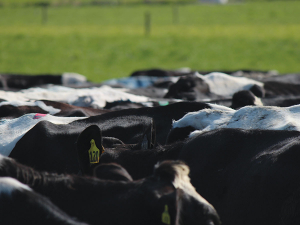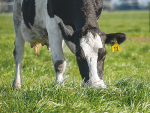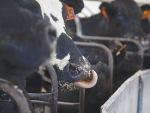A vibrant, water based and non-toxic paint available in four colours, the paint is formulated for ease of use and with a bright pigment for easy reading of silent heats.
“We are delighted to offer New Zealand farmers a complete heat detection solution,” says co-founder Liam O’Keeffe. “Covid has left farmers with less available labour so an easy-to-use tool that cuts down labour time and maximises herd production is more necessary now than ever".
The Tailpainter also helps farmers by supporting block breeding and increasing herd productivity, by consolidating the calving season into a period of as close as possible to six weeks. This helps maximise the production of milk and calves from their herd, with each cow producing a calf and maximising milking production pretty much on a cycle of exactly every 12 months.
Key to achieving this 12-month cycle is effective heat detection practice, with every cycle missed extending the 365-day target. Closing this gap with effective heat detection, together with the correct timing of AI using top genetics, the elimination of stock bulls and ensuring best practice in nutrition management, represents a significant increased profit opportunity for the New Zealand farmer.
“We are delighted with the feedback from our existing customers who are realising real benefits including ease and speed of tail paint application. The difference is the farmer now spends his time observing cows and not on strenuous tail painting, resulting in improved heat detection and more compact calving,” adds Liam O’Keeffe.
“The real trick here is to ensure that the paint quality is always in good condition before the cow leaves the parlour, topping up the paint regularly. This routine removes any guessing from heat detection; the paint has to be in good condition at all times during the breeding season and therefore also allows for detection for so called non-cyclers.”


















